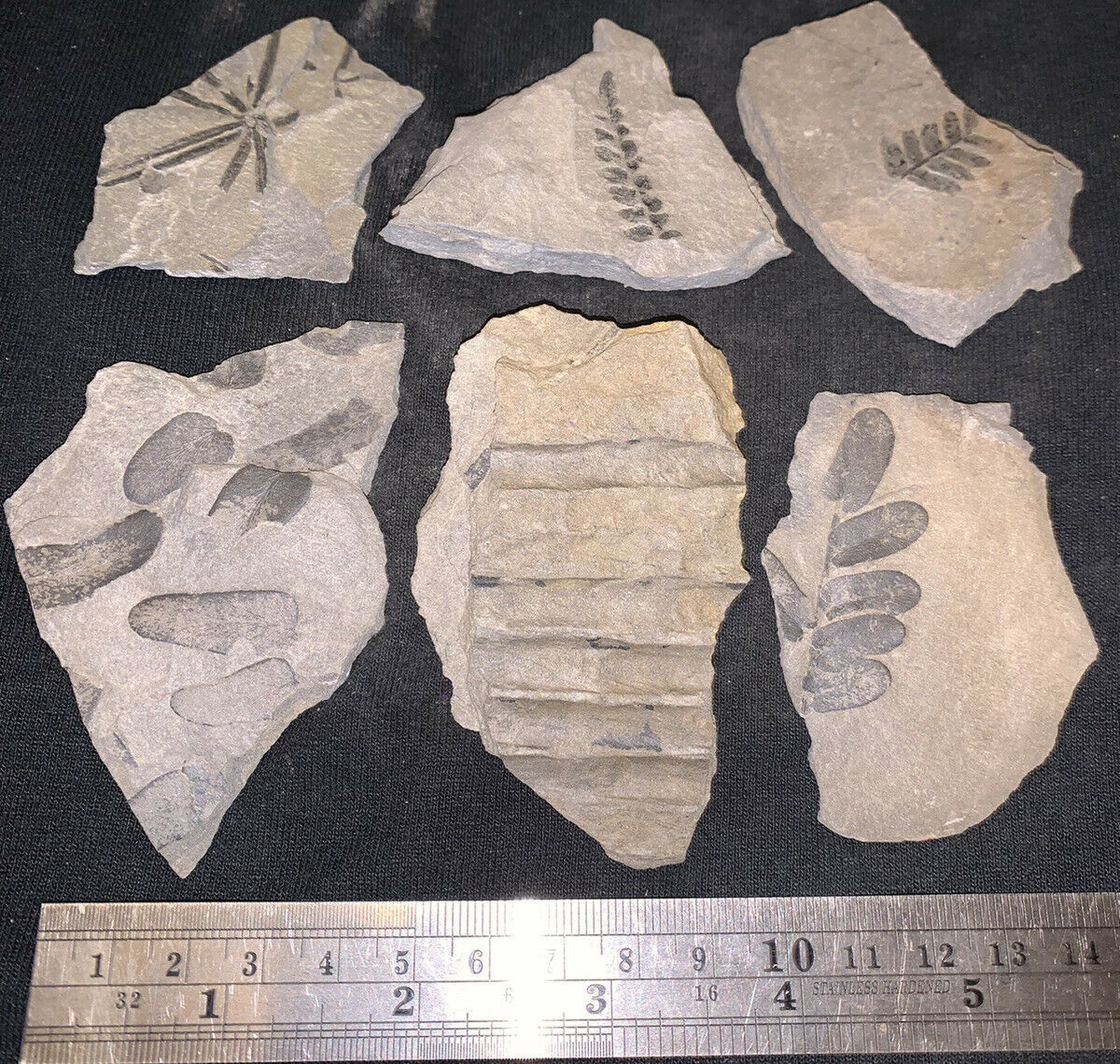-40%
Very rare, coal age fossil plant fern Sphyropteris obliqua & fern Mariopteris !
$ 8.44
- Description
- Size Guide
Description
My genuine specimens will be delivered with a "Certificate of authenticity, age and origin" and scientific papers allowing plant identification !I combine shipping costs.
Each item is different, so please wait with payment after purchase -
I will send You a combine invoice.
Usually, it will be cost of shipping the heaviest item.
Specimen:
V
ery rare, coal age fossil plant, herbaceous fern:
Sphyropteris ( Sphenopteris) obliqua
MARRAT &
seed fern
Mariopteris sp.
Locality:
All detailed data will be provided with the specimen
Stratigraphy:
Upper Carboniferous, Middle Pennsylvanian / Westphalian B
Age:
ca. 315 Mya,
Matrix dimensions:
ca. 10,0 x 5,5 x 1,0 cm ( white square on last picture is 1,0 x 1,0 cm )
Description:
Big
plate with very rare, very nice , detailed coal age fossil plant - nice fern:
Sphyropteris ( Sphenopteris) obliqua
MARRAT
Seed ferns (Pteridosperms)
were group of seed plants from the Carboniferous and Permian periods (about 360 to 250 million years ago).
Some, such as Medullosa ( Lonchopteris, Neuropteris, Alethopteris etc.) grew as upright, unbranched woody trunks topped with a crown of large fernlike fronds;
others, such as Mariopterids, were woody vines. All had fernlike foliage; however, they reproduced by seeds, with ovules and pollen organs attached to the fronds.
Gamete - producing structures in the seeds were surrounded by a hard inner integument and a fleshy outer layer.
These features have led some authorities to speculate that these seeds may have been dispersed by animals. Some seeds were large. (
Pachytesta gigantea
, a seed of Medullosa, grew up to 7 cm long.) Pollen organs of seed ferns were also large and complex and were commonly made up of many pollen sacs fused into a large structure.
Systematic:
Kingdom
: Chlorobiota Plantae
Family:
Sphenopteridae
Order:
Sphyropteris
Species:
Sphyropteris ( Sphenopteris) obliqua
MARRAT














